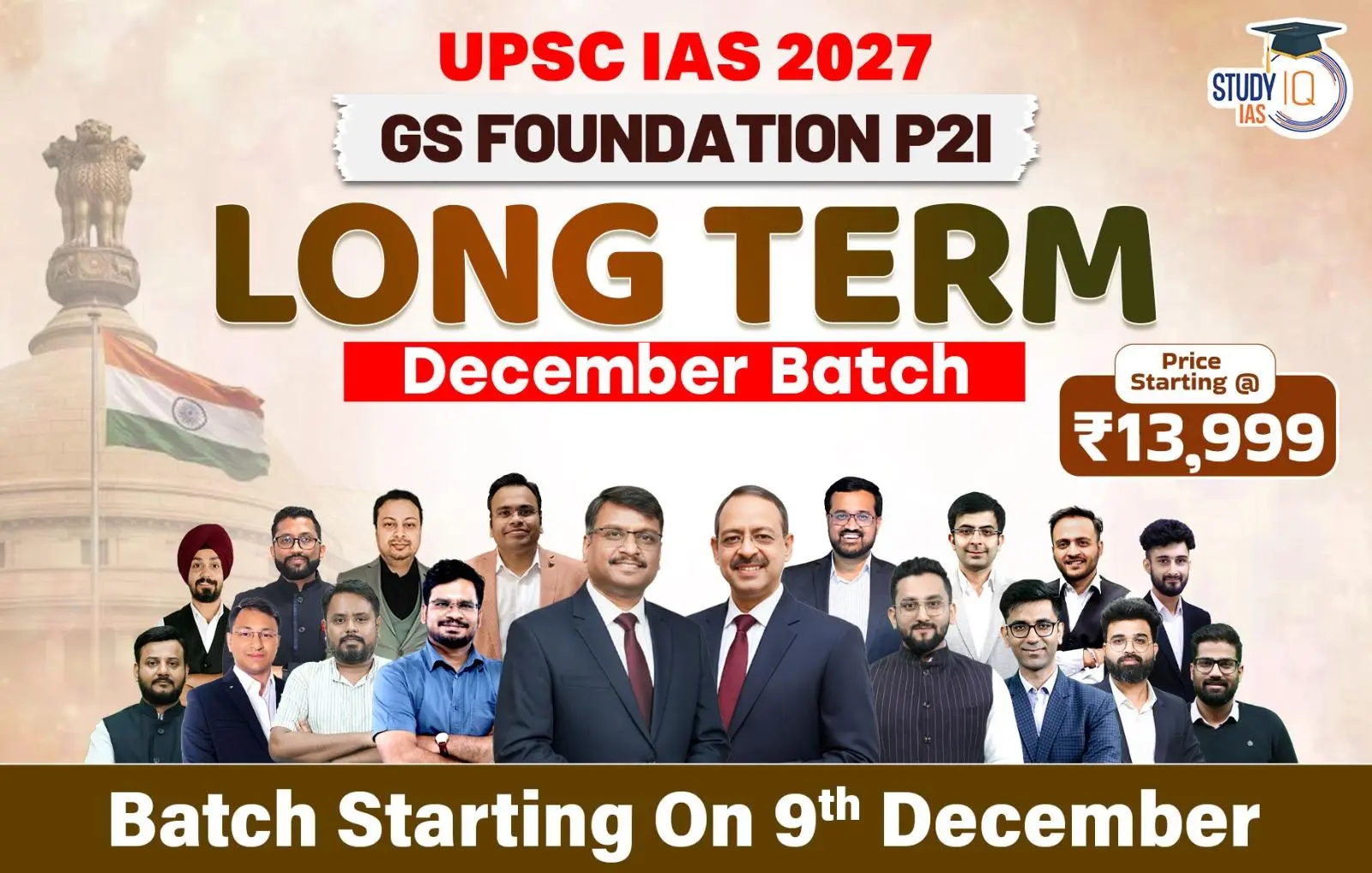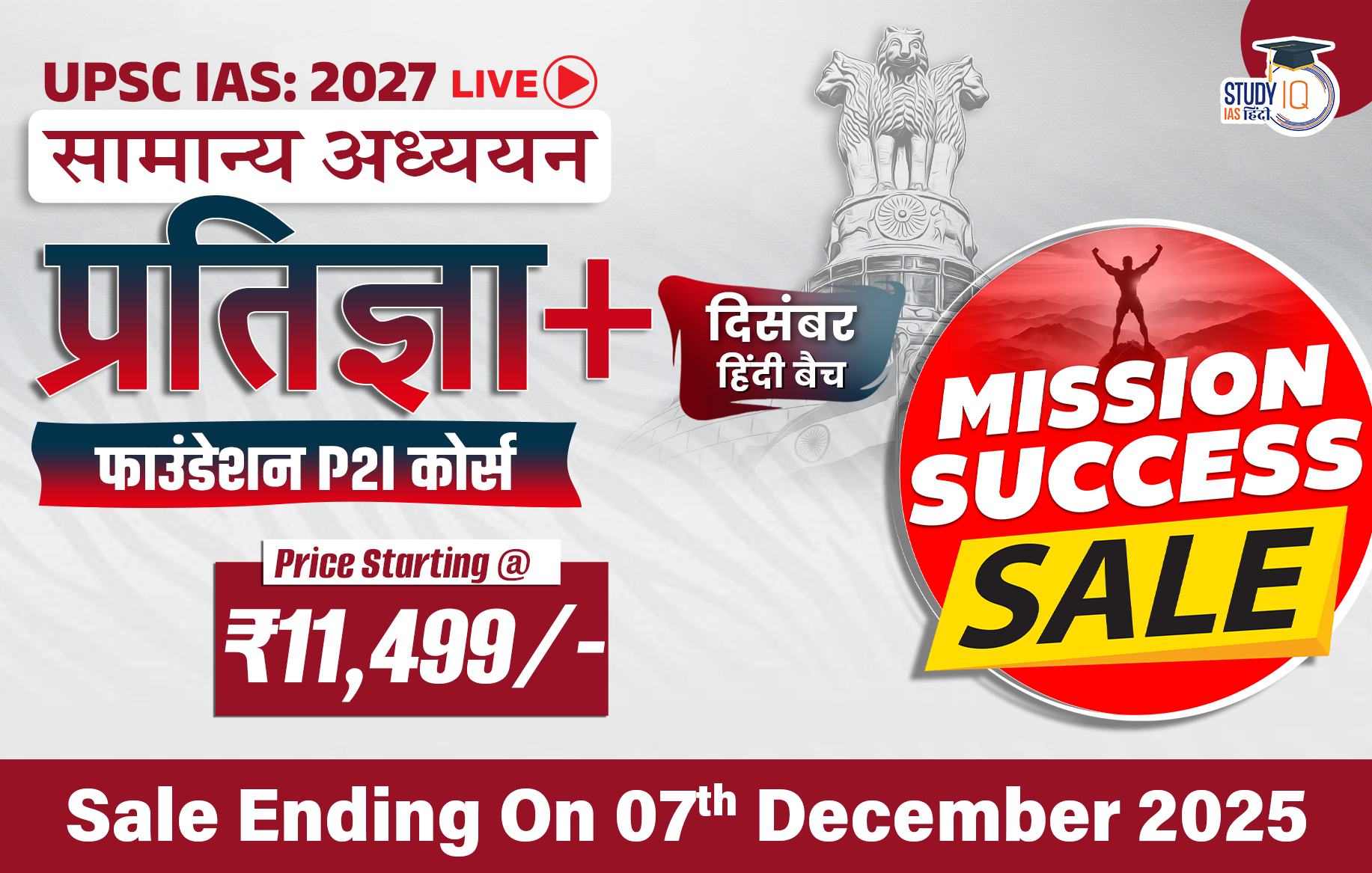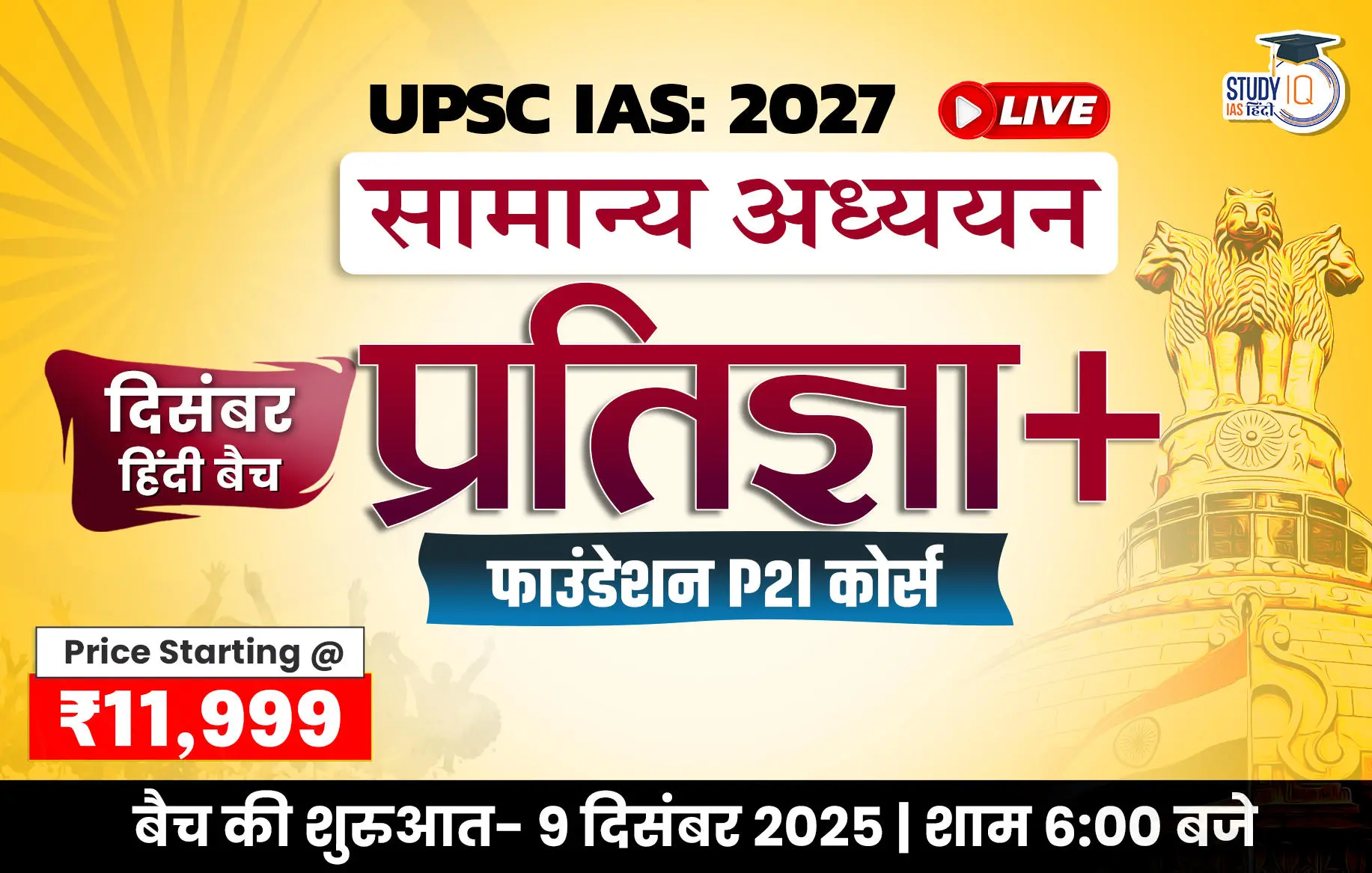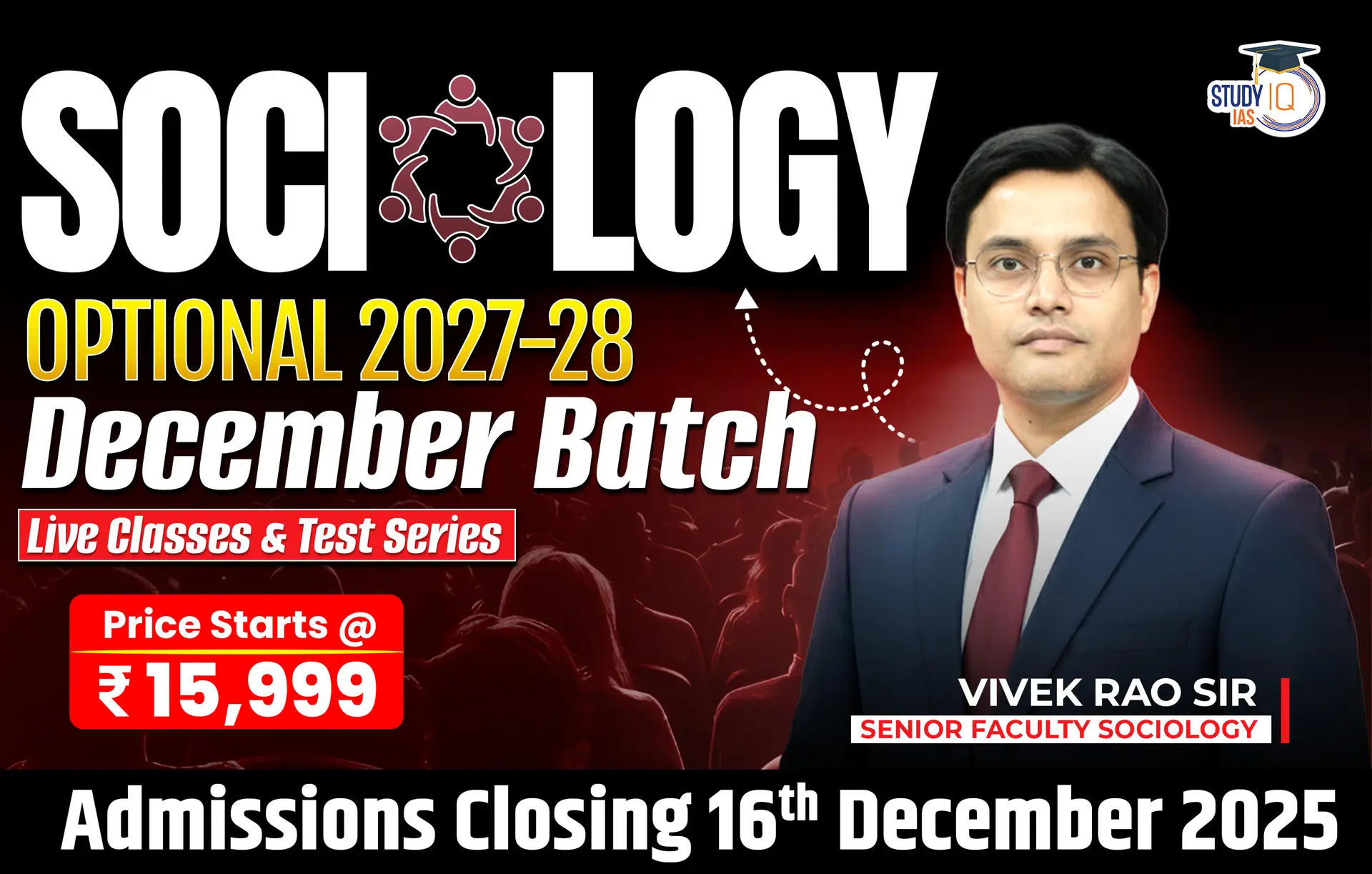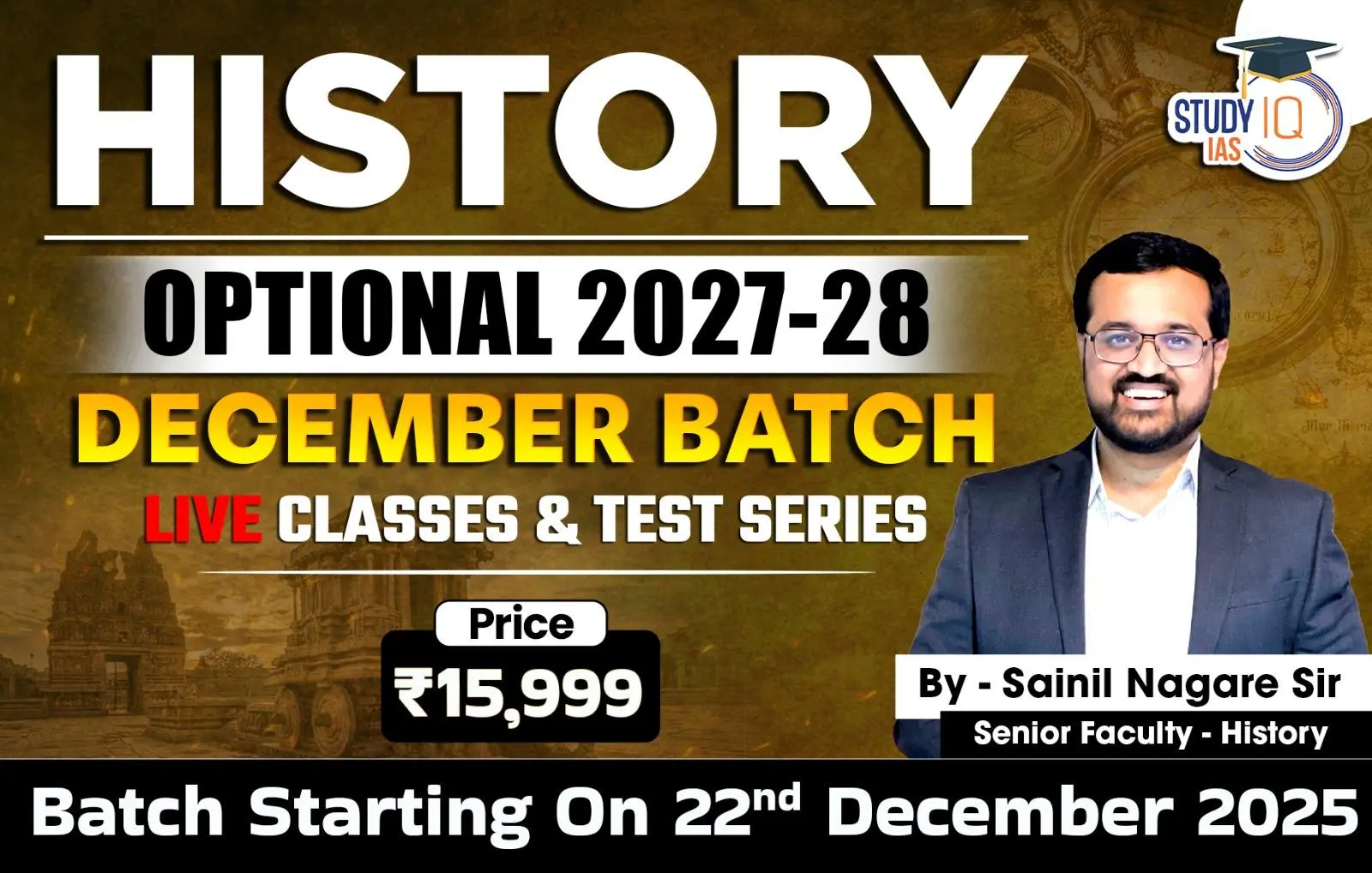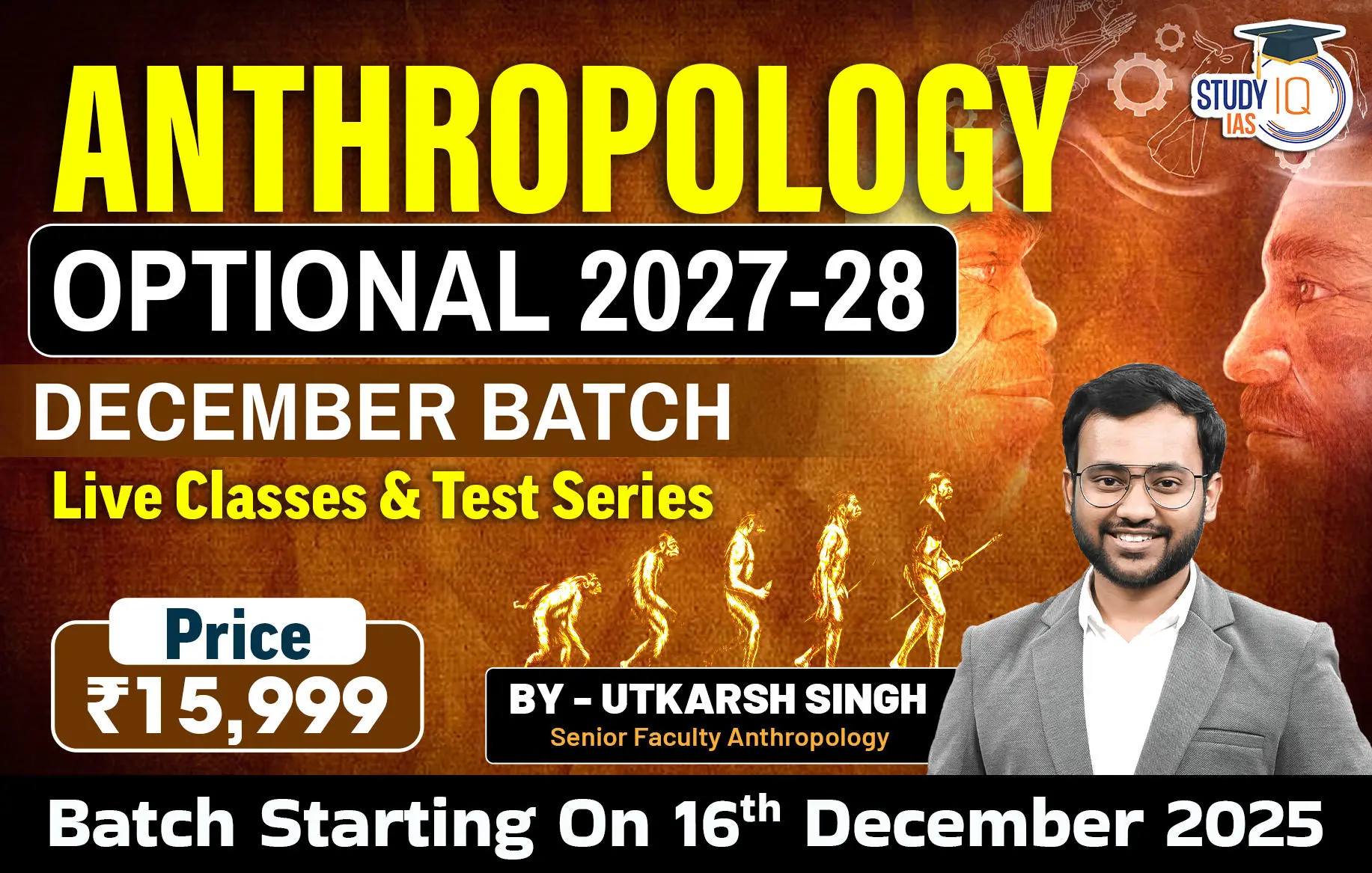Table of Contents
Context: On 1 July 2025, the Government of India approved the Employment Linked Incentive (ELI) Scheme with an outlay of ₹99,446 crore to promote job creation, particularly in the manufacturing sector. While the Employment Linked Scheme is positioned as a flagship intervention for employment generation, its design raises concerns about inclusivity, sectoral imbalance, and long-term sustainability.
Employment Linked Scheme (ELS)
The Union Cabinet, under the leadership of the Prime Minister of India, has given its approval to the Employment Linked Incentive (ELI) Scheme. The Central Government introduced three new employment schemes in the Union Budget 2024.
- The Union Budget 2024 announced the launch of 3 schemes to boost employment and hiring in the formal sector, known as ‘Employment Linked Incentive’ schemes.
- These schemes provide benefits to employers and first-time employees who have enrolled in the EPFO (Employees Provident Fund Organisation).
| Employment Linked Incentive (ELI) Scheme | |
| Objective |
|
| Launch & Budget |
|
| Job Creation Target |
|
| Incentive Period |
|
| Focus Sector |
|
Structure of the ELI Scheme
Scheme A – Incentives for First-time Employment
- Under this scheme, all newly joined employees in the formal sector will receive a direct benefit transfer of one month’s salary in 3 instalments of up to Rs. 15,000
- Eligibility: enrolment in the EPFO and a salary of up to 1 lakh per month.
- The employees have to mandatorily undergo a Financial Literacy course to receive the second instalment.
- The scheme is expected to benefit 210 lakh youth.
- Benefit: One month’s wage (up to ₹15,000) in two instalments.
- Payment through Direct Benefit Transfer (DBT) using the Aadhaar-Based Payment System (ABPS).
Scheme B – Job Creation in Manufacturing
- An incentive will be provided at a specified scale directly to both the employee and the employer for their EPFO contribution in the first 4 years of employment.
- The scheme is expected to benefit 30 lakh youth entering employment and their employers.
Scheme C – Support to Employers
- The government will reimburse EPFO contributions paid by the applicable employers for the additional employees hired in the previous year, up to 3,000 per month for 2 years. If employment is sustained for at least 6 months.
- This employer-focused scheme will cover additional employment in all sectors, especially manufacturing
- All additional employment within a salary of Rs. 1 lakh per month will be counted.
- The scheme is expected to incentivise additional employment of 50 lakh persons.
- For the manufacturing sector, benefits are extended to the third and fourth years.
- Payment made directly to PAN-linked employer accounts.
| About EPFO |
|
Issues with the Employment Linked Incentive (ELI) Scheme
- Employer-Centric Approach: Strengthens employers’ bargaining power rather than workers’.
- Mimics subsidising capital, reinforcing capital–labour asymmetry.
- Skill Mismatch Ignored: Only 25% of graduates are in jobs matching their qualifications; 4.9% of youth have formal vocational training.
- Without skilling reforms, employers may absorb an unprepared workforce.
- Exclusion of Informal Sector: 90% of workers in the informal sector were left out due to the EPFO-linked design.
- Risks widening the formal–informal divide.
- Risk of Disguised Employment: Possibility of reclassifying old jobs as new to claim subsidies.
- Sectoral Bias: Over-focus on manufacturing (<13% of employment share) despite falling employment elasticity.
- Marginalises women, rural youth, and low-skilled workers concentrated in services/agriculture.
Alternatives & Way Forward
- Strengthen Skilling Infrastructure: Integrate vocational training, industry-linked curricula, and upskilling for low-skilled workers.
- Job Quality & Security: Ensure labour rights, social security, and collective bargaining power.
- Inclusivity for the Informal Sector: Extend benefits to micro, small, and informal enterprises.
- Diversified Sectoral Focus: Encourage employment in services, agriculture, and the green economy alongside manufacturing.
- Long-Term Productivity Growth: Shift from headcount-based incentives to sustainable employment strategies.
- Education–Employment Alignment: Reform higher education to meet labour market needs.

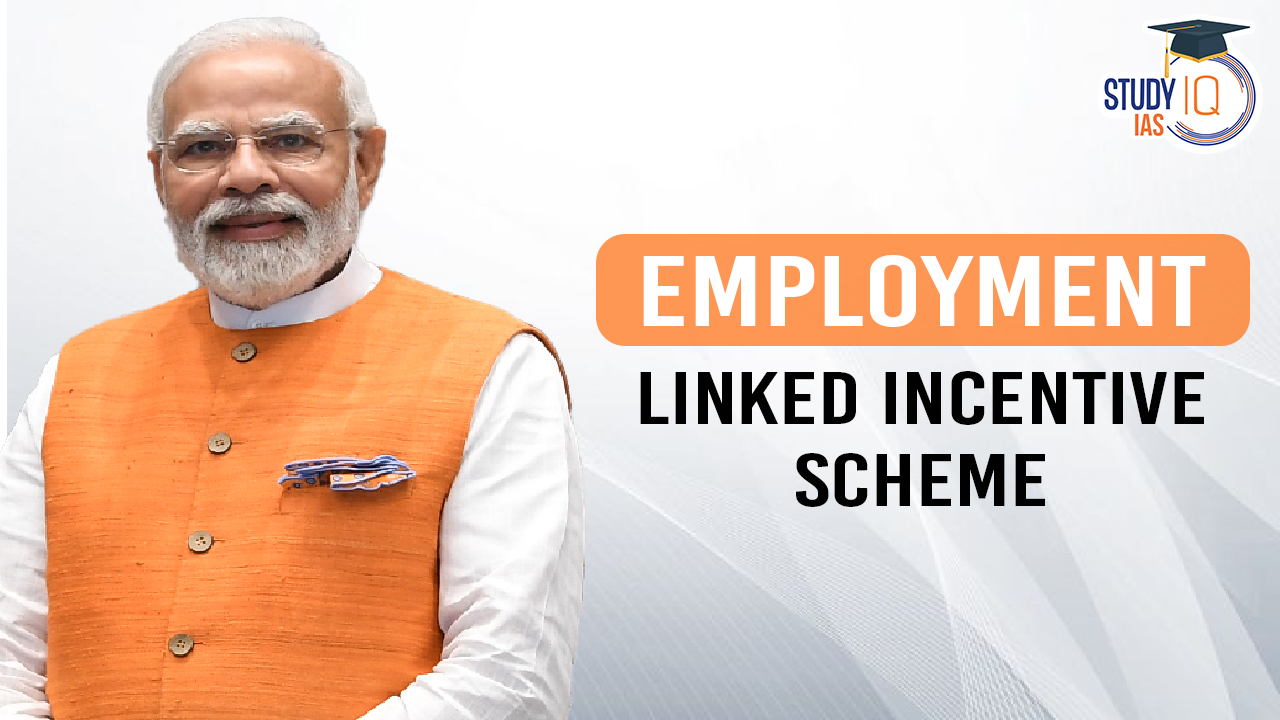
 PM Vishwakarma Scheme, Features, Eligibi...
PM Vishwakarma Scheme, Features, Eligibi...
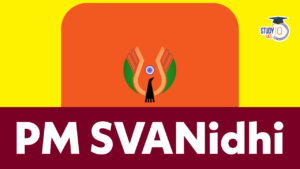 PM SVANidhi Scheme, Objectives, Features...
PM SVANidhi Scheme, Objectives, Features...
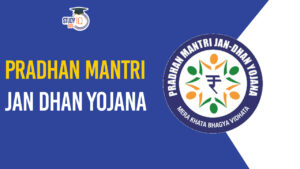 Pradhan Mantri Jan Dhan Yojana (PMJDY), ...
Pradhan Mantri Jan Dhan Yojana (PMJDY), ...

